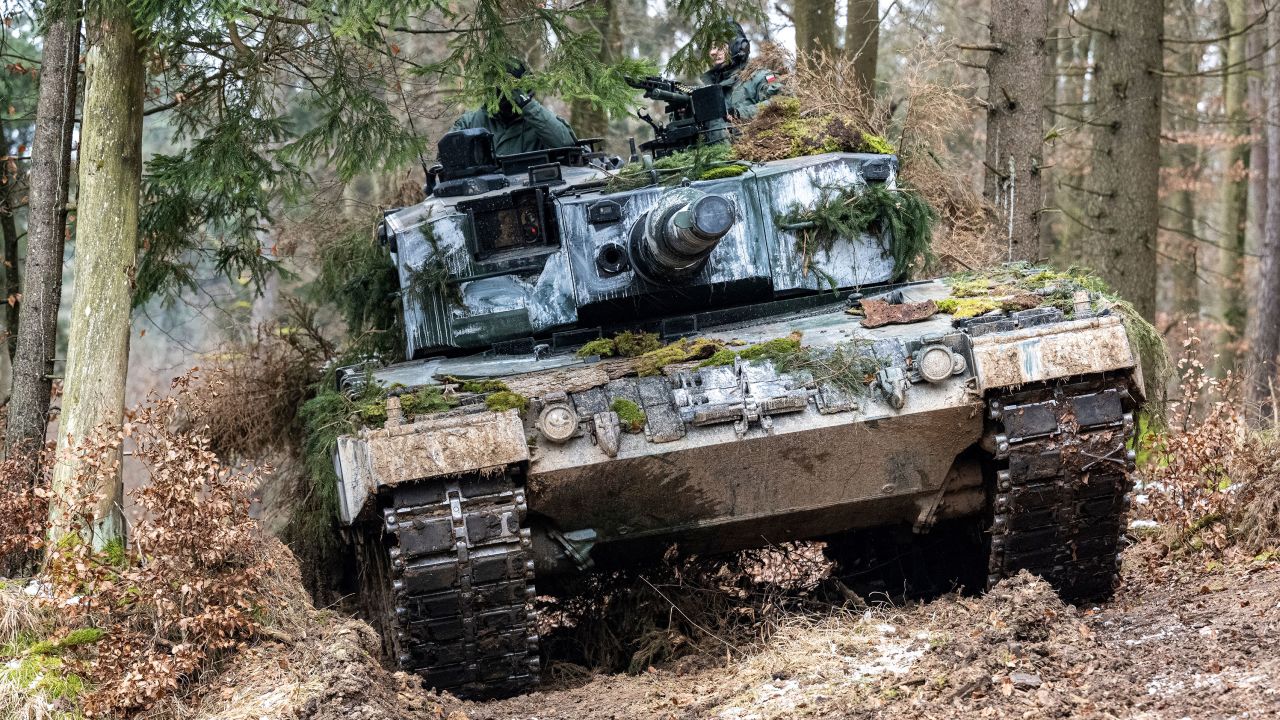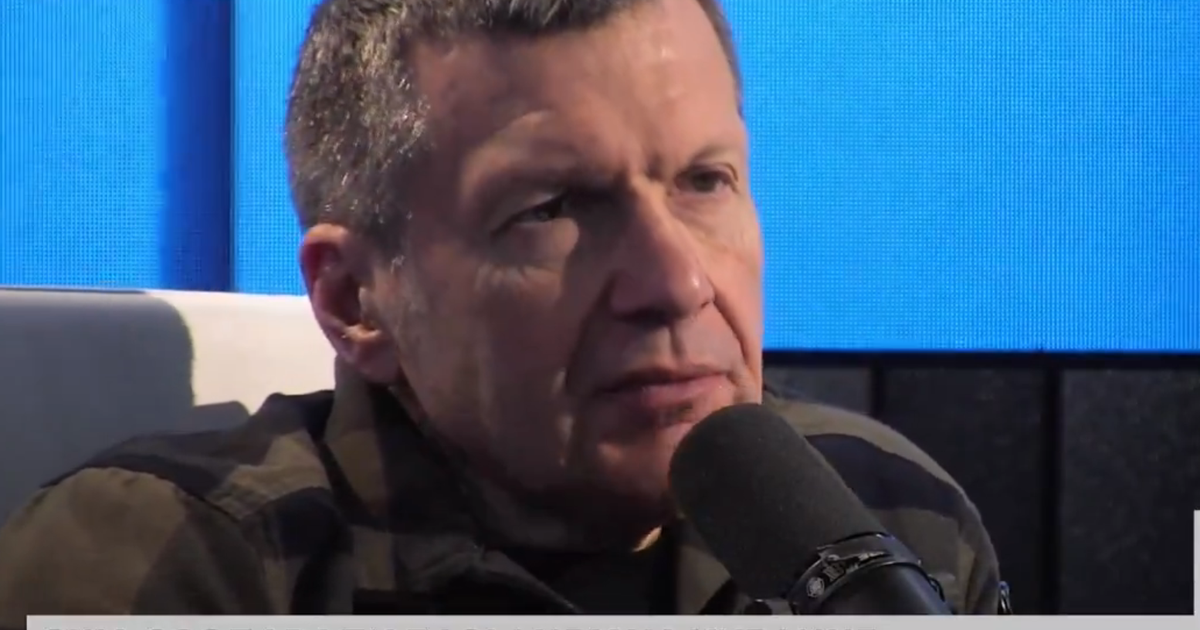What does the shipment of Leopard 2 tanks to Ukraine entail?
1:28
(CNN) --
Even in the confusion, the message ends up being one of unity.
After weeks in which Poland and other NATO members openly pressured Germany to allow the shipment of Leopard 2 tanks to Ukraine, it finally appears that the United States and some of its European Union allies will send armored vehicles, a move unthinkable a few years ago. months, to the front line of combat against Russia.
This is a substantial decision, in part because these, unlike air defense systems or anti-tank missiles, are not defensive weapons.
Like the artillery and rocket systems that preceded them, they are designed to hit Russian troops hard in a ground offensive.
But unlike those systems, its unequivocal goal is for Ukraine to recapture territory.
This is new, and fierce, and it portrays a fearless NATO.
The joint decision by the United States and Europe to send tanks to Ukraine is not the display of fractious democracies that it might seem.
In the weeks of bickering and discussion surrounding Berlin's reluctance to help Kyiv, some in Moscow will have heard something other than disunity: a West contemplating sending its most aggressive weaponry to a state it does one year he considered himself unable even to seriously discuss joining NATO.
An alliance of the size, and different histories, of NATO would always have some disagreements about how to handle the biggest ground war in Europe since World War II.
advertising
Poland has experienced Soviet rule, and many of its citizens can remember what that version of Russian imperialism felt like.
Germany, under the Nazis, unleashed its tanks for the last time in the continent's worst episode of bloodshed to date.
Many senior officials in his top Social Democratic Party (SPD), where Chancellor Olaf Scholz is a member, have been dangerously close to the Kremlin.
It would have been surprising if all these European powers had agreed from day one.
But US plans to send 30 Abrams tanks to Ukraine, largely symbolic, according to two US officials familiar with the deliberations, have emboldened Germany enough to drop its objections to sending the Leopard tanks.
This has provided a NATO umbrella for the operation, although it will take months, perhaps years, for the logistically complex US tank battle to get going.
Servicing and maintaining these tanks in the vast expanses of Ukraine will be very challenging.
But Washington's willingness to take on this task speaks volumes about his commitment to the war and how he sees the prospects for a broader Ukrainian victory.
What is involved in shipping Leopard 2 tanks from Germany to Ukraine?
This latest wave of Western aid says two things.
First of all, these nations are not concerned with trespassing the Russian "red lines."
The longstanding belief that some elements of NATO aid to Ukraine could risk provoking a nuclear power too much is crumbling.
Second, these NATO members are less concerned about being attacked by Russia itself in the imminent future: they are handing over weapons that they would urgently need in the event of such a conflict.
The decision of the Netherlands to send all its artillery to Cesar;
Norway's decision to send a large part of its Leopards;
both are proof of it.
These NATO members believe that the decisive conflict with Russia will be in Ukraine, with Ukraine.
And that might suggest that they believe that Moscow will not win.
Western inventories can be rebuilt or replenished, but it takes time, perhaps decades.
And NATO members are pledging equipment at such a rate that the latest announcement isn't up and running before the next one arrives.
Just a month ago, the United States promised Ukraine Patriot missile defense systems, and they still haven't arrived.
Now the M1 Abrams tank may be on the way.
The practical effects may not show up in time for a spring offensive by either Russia or Ukraine.
But the message is palpable long before.
Western aid seems endless, constant and growing.
And this will be felt within the walls of the Kremlin.
The Russian Army is striving to craft a strategic plan around its ever-changing leadership, and to turn the brutal use of its combat personnel as a never-ending, expendable resource into substantial gain.
For those around Russian President Vladimir Putin, the colossus of NATO aid is inescapable and surely weighs heavily in determining the durability of his support.
This is not going away.
However, you have to be cautious.
It is just as precarious for the West to believe that Russia no longer has red lines as for it to give in to the nuclear blackmail that has persecuted Russia for so long in invading it.
Moscow may seem relatively powerless right now, but the fortunes of this war have turned before and they may turn again.
Perhaps the weeks of public debate over the escalation of aid are intended to show Moscow that the West is cautious and respectful of what remains of the Kremlin's ego.
But here we are entering terrain impossible to imagine a year ago, with the best NATO strike technology soon in Ukrainian hands, and Russia seemingly only able to complain out of frustration.
war in ukraine








